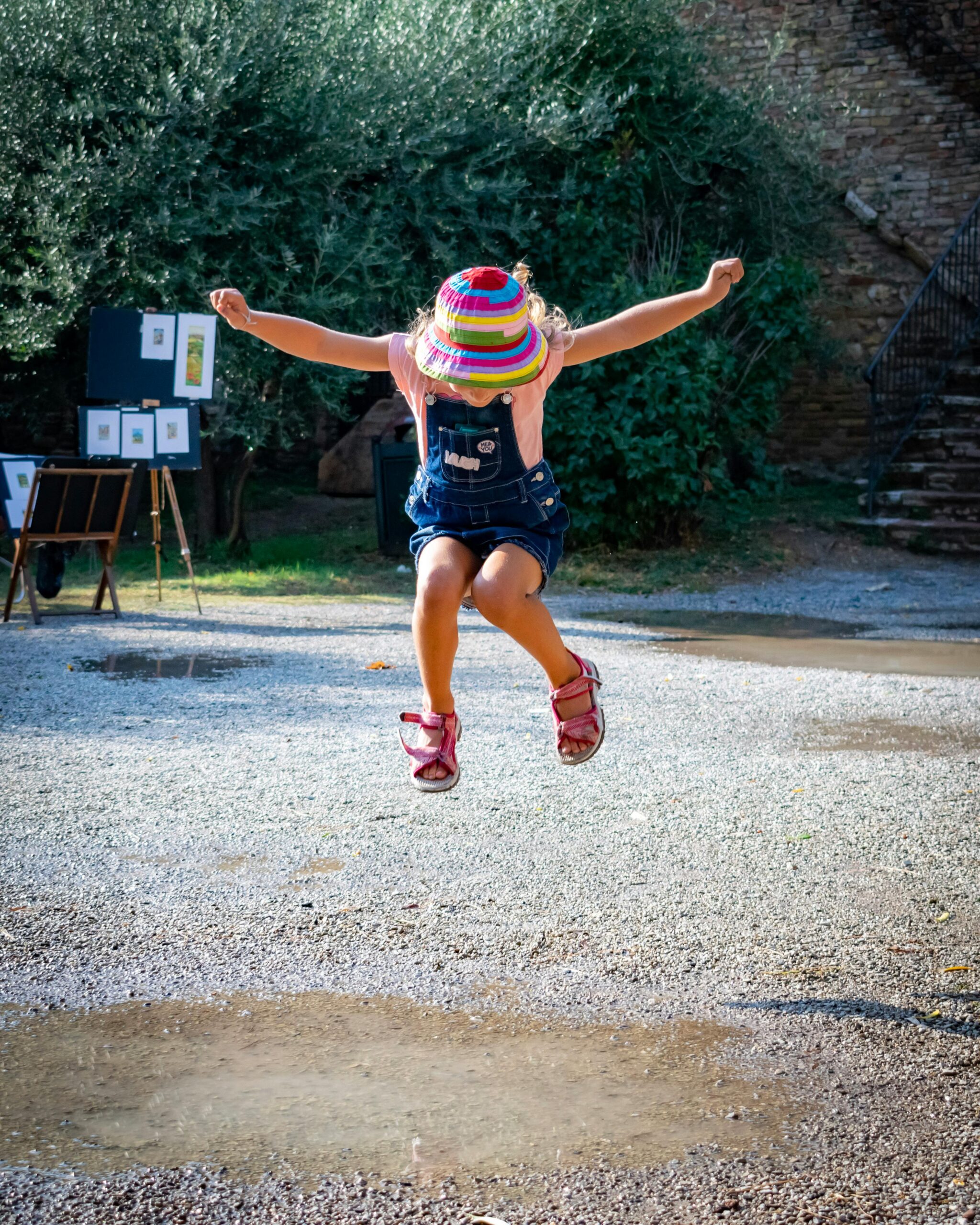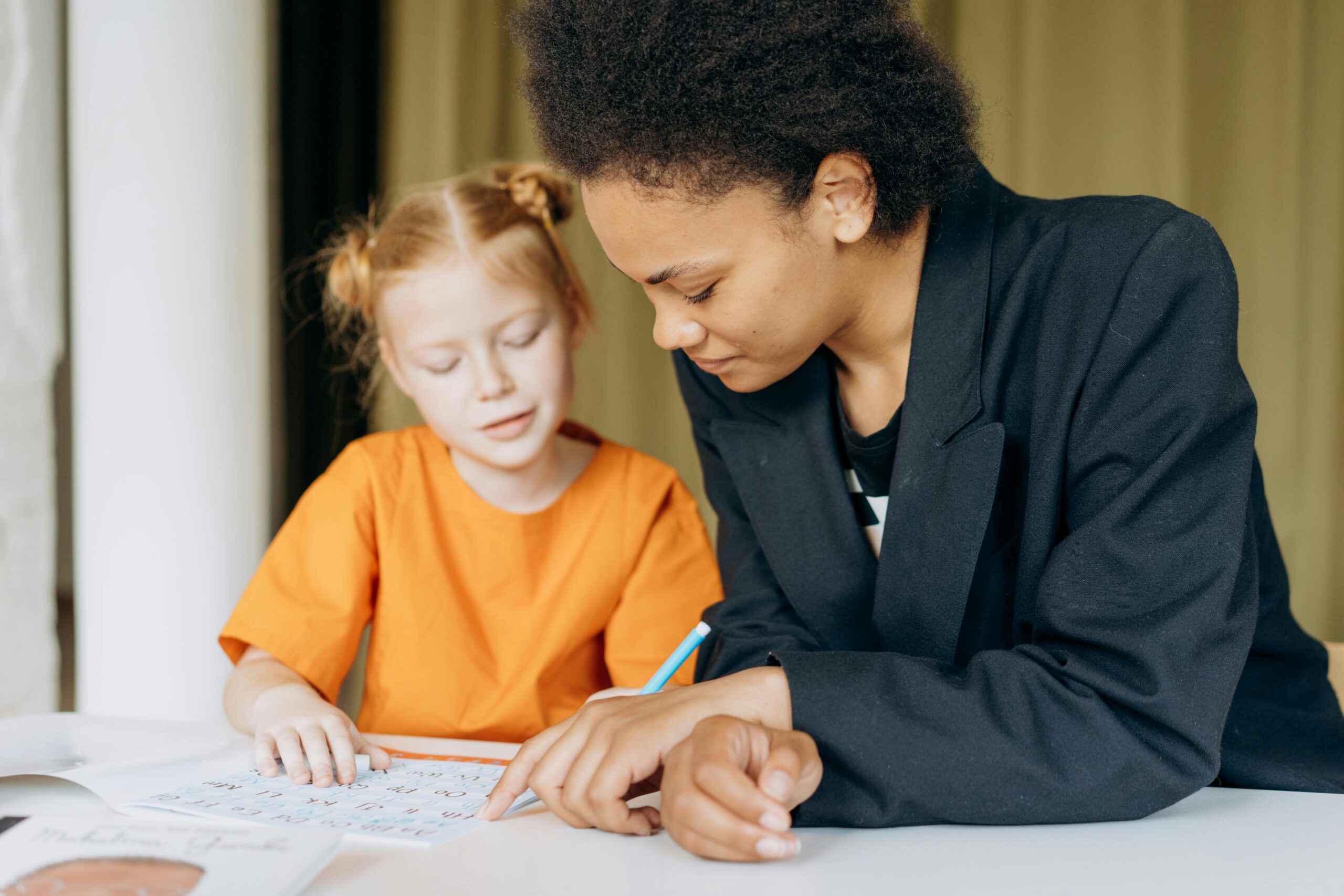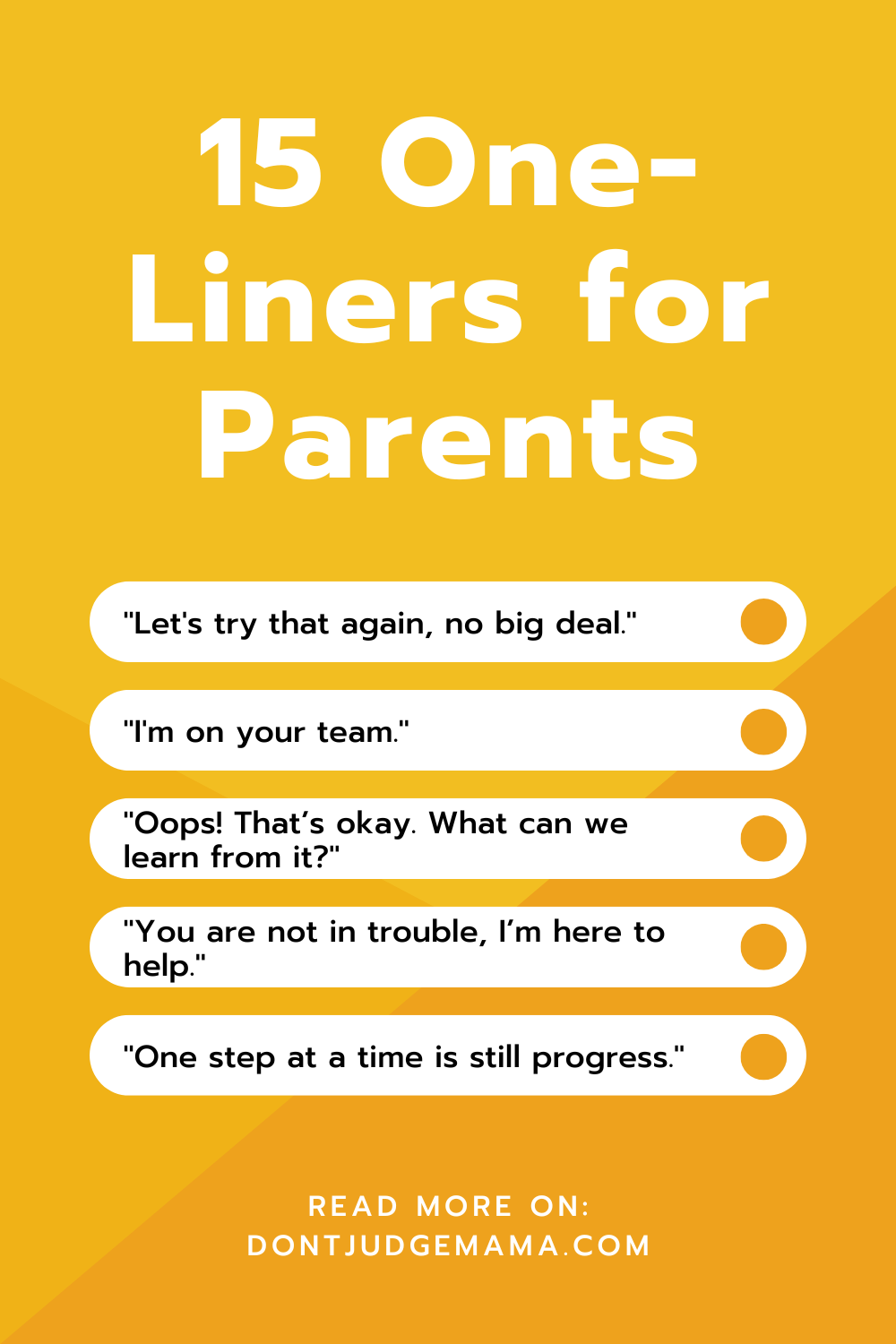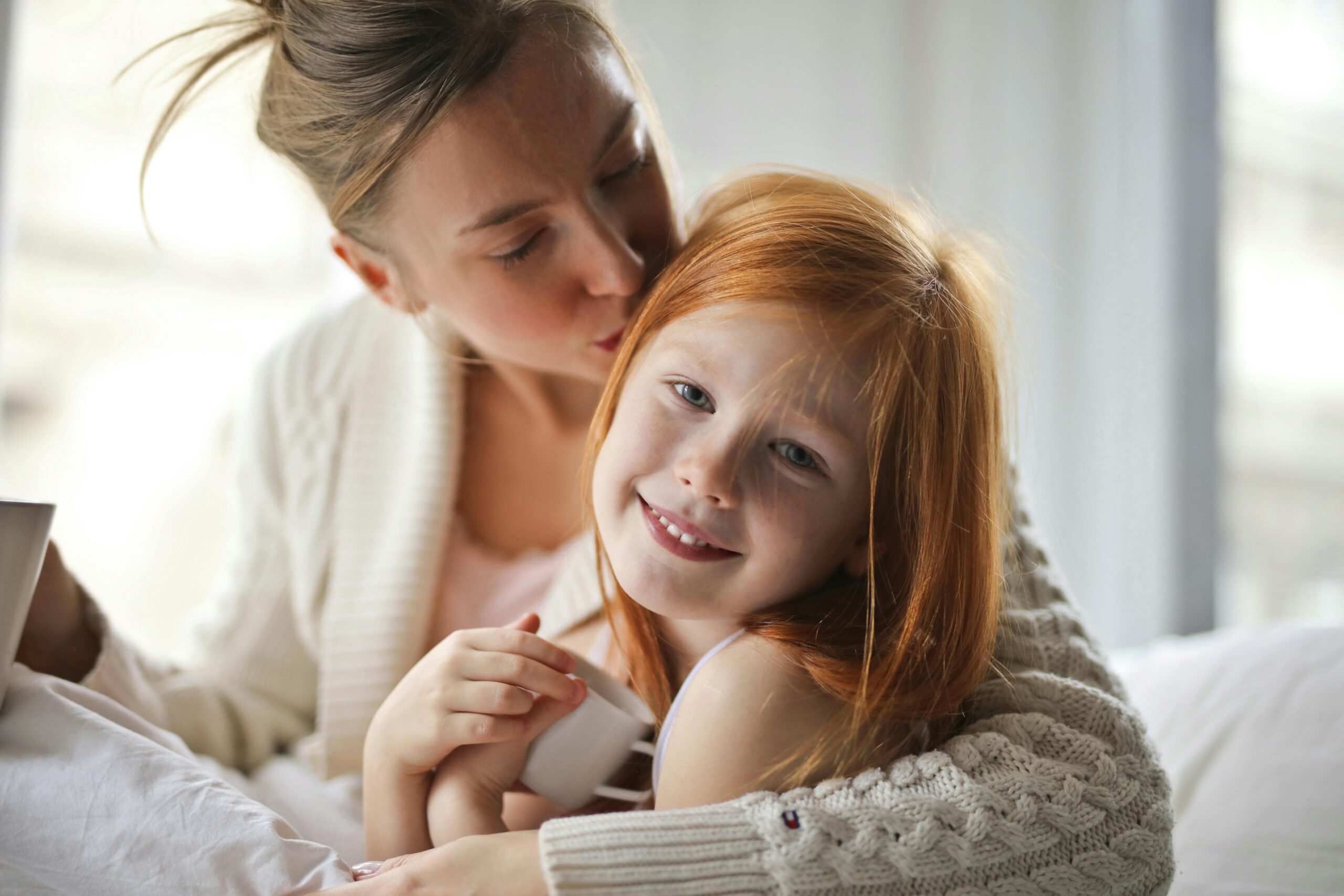Gratitude: The Secret Sauce to Raising (Somewhat) Balanced Kids
Parenting is a wild ride, isn’t it? One minute you’re cherishing the sight of your little angel peacefully sleeping, and the next, you’re dodging a flying shoe because, “It’s not the right kind of peanut butter, Mom!” Amidst all the chaos, there’s one superpower we parents can cultivate in our kids that’s proven to make life—theirs and ours—a little sweeter: gratitude.
Why is Gratitude So Important?
Gratitude isn’t just saying “thank you.” It’s a mindset, a way of seeing the world that can transform even the most stressful moments. (Like when you’re running late for school, and your kid suddenly needs to find THAT specific hoodie. Gratitude = at least they’re wearing clothes?)
Research backs this up, too. According to studies published in The Journal of Positive Psychology, practicing gratitude can lead to better mental health, stronger relationships, and increased happiness. Teaching kids to appreciate what they have can:
- Boost their mental health
- Improve relationships with friends and family
- Help them focus on the positives rather than dwelling on frustrations (We’re looking at you, broken crayon meltdown.)
And let’s not forget: grateful kids are more likely to grow into grateful adults who might actually call their parents once in a while. Win-win!
How Does Gratitude Help Kids, Especially Those with ADHD?
Kids with ADHD often have brains that are racing faster than the Wi-Fi during a Netflix binge. Gratitude helps them hit pause and focus on what’s good right now. Research shows that practicing gratitude can:
- Reduce anxiety and impulsivity
- Improve emotional regulation
- Increase self-esteem
It’s like giving their brain a warm hug and saying, “Hey, you’re doing okay.” And for kids with ADHD, this pause can be a powerful tool in navigating their emotions and reactions.
How Parents Model Gratitude
Here’s the kicker: kids learn gratitude by watching us. Yep, we’re the gratitude guinea pigs. This doesn’t mean you need to channel your inner Pollyanna 24/7. But it does mean swapping out complaints for gratitude where possible.
Instead of, “Ugh, the dishwasher’s broken again,” try, “I’m so glad we have paper plates!” (Because some days, survival mode is the vibe.)
Show gratitude for the little things—like when your partner brings you coffee, your child’s joke actually lands, or the dog finally stops barking at the Amazon driver. Express it out loud so your kids see it in action: “Wow, I’m so grateful for how hard you worked on cleaning up your Legos!”
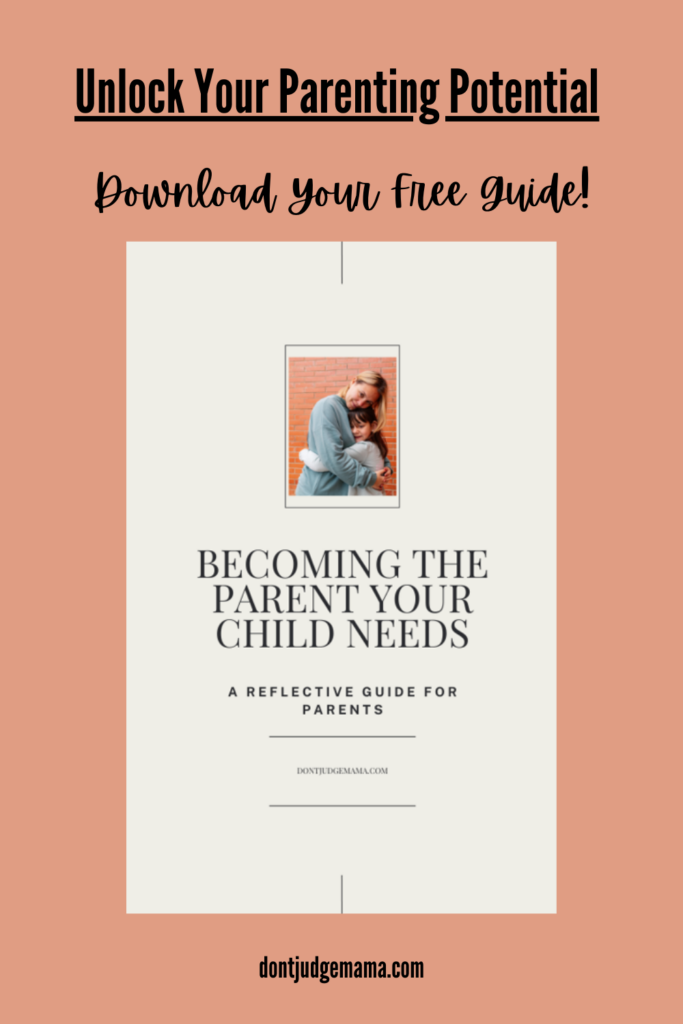
Take the first step toward becoming the parent your child truly needs with this free self-reflection guide! Click HERE to get the free guide.
Gratitude Ideas to Try as a Family
Ready to sprinkle some gratitude into your family’s routine? Here are a few fun ideas:
- Gratitude Wall Find a blank wall or poster board and turn it into a gratitude hub. Have everyone write or draw something they’re grateful for and stick it up there. It can be as simple as “pizza night” or as profound as “having a family who loves me.” Bonus: it’s a great visual reminder when your child insists life is “so unfair.”
- Gratitude Jar Get an old jar (or buy a cute one—no judgment) and some colorful slips of paper. Encourage family members to write down what they’re grateful for and toss it in. On tough days, pull a few notes out and read them together. You’ll be amazed at how uplifting it can be to see “Grateful for my cat’s weird noises” scribbled in crayon.
- Random Acts of Kindness Gratitude isn’t just about noticing what we have—it’s about spreading the good vibes. Challenge your kids to do random acts of kindness: hold the door for someone, write a thank-you note, or share their snack with a friend. It’s like a gratitude boomerang; the more kindness they put out, the more they’ll feel it in return.
- Sweet, Sour, Service Get into the routine of everyone sharing something good from their day (sweet), something that they didn’t like (sour), and one way they helped or showed gratitude to someone (service). This can be in the car ride home from school or at the dinner table. It’s a great way to connect with your child, learn a little bit about their day, and practice gratitude at the same time. To learn more about the power of daily connection, check out this post.
Laugh Through the Learning
Let’s face it: teaching gratitude isn’t always picture-perfect. There will be eye rolls, dramatic sighs, and maybe even a “Why do I have to be grateful?” But stick with it. Gratitude is like a muscle—the more you flex it, the stronger it gets. And in the meantime, laugh at the messiness of it all.
Because at the end of the day, you’ll be grateful for the memories you’re creating (even if it involves a flying shoe or two).
What Are Your Gratitude Practices?
How do you sprinkle gratitude into your family’s daily life? Do you have a favorite tradition or activity? Share your tips and stories in the comments below, or subscribe for more down-to-earth parenting advice!

Check out this FREE resource: Top 10 Strategies to Support Neurodiverse Kids at Home and School! Click HERE to get the resource.
